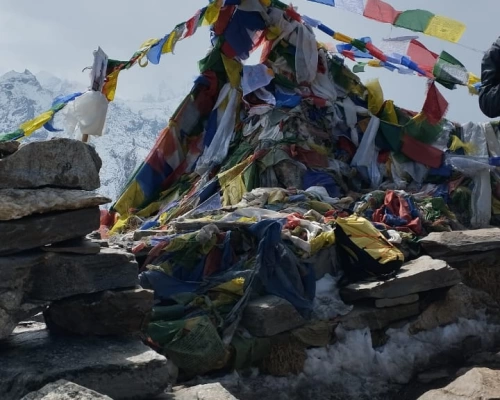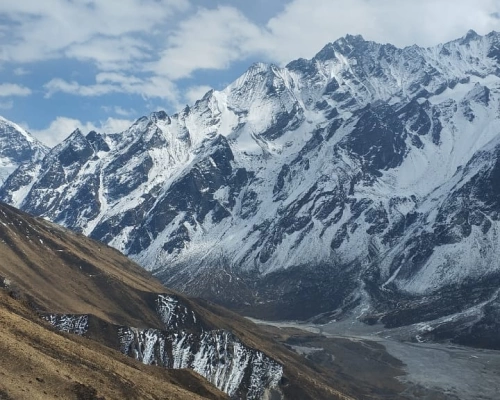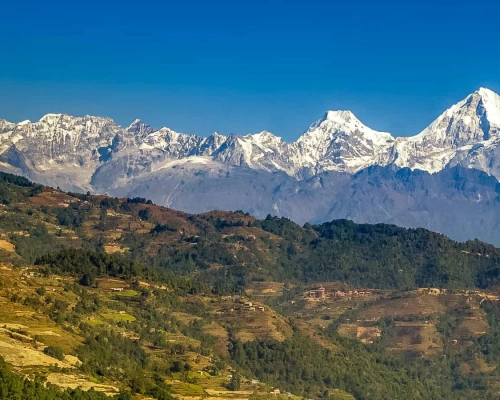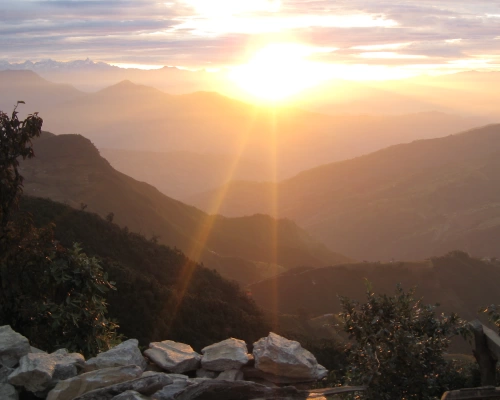Trekking Helambu from Gosaikunda is a cultural and natural immersion off the beaten path of the Langtang region in Nepal that has a seamless fusion of the natural majesty of Gosaikunda and the Langtang National Park, including cultural arrays of the Helambu region. Being said, the Valley of Helambu is inhabited primarily by the Sherpas and Tamangs, who have been preserving their cultures and traditions for generations, which might look quite familiar to the Tibetan people.
On the other hand, Gosaikunda is an alpine glacial lake at an altitude of 4,380 m, which holds major religious significance for Hindus and Buddhists. The full moon ceremony of Bhadra (Mid August to Mid September) in the lake hypnotizes thousands of local to international pilgrims each year on the belief that the lake was assembled by the lord Shiva himself to cool his burning throat due to ingestion of poison in the churning of the ocean to gain the elixir of eternal life and has undefined divine power rimmed by the ranges of Manaslu, Ganesh Himal, and Langtang.
Gosaikunda Helambu Trek further offers a surreal opportunity to experience the varied climate, vibrant forest of rhododendrons, abundant wildlife, traditional valleys of locals, ancient Buddhist monasteries, and the adventures of Binayak-La at an elevation of 4,610 m surrounded by the mythical chains of Mansalu (8,156 m), Himal Chuli (7,893 m), Ganesh Himal (7,422 m), Langtang Lirung (7,234 m), Dorje Lakpa (6,966 m), and Gosaikunda (4,360 m).
Therefore, the Gosaikunda Helambu trek is a lifetime chance to see the diverse ethical culture of the natives from the Himalayas in the foothills of the panoramic snow-capped mountains and be in the ultimate tranquility of the freshwater lake Gosaikunda in amalgamation following the rural and unexposed route parsing through the populated area that officially begins after a thrilling drive from Kathmandu to Dhunche, passing warm, lower, elevated Trisuli Bazar.
Gosaikunda Lake: The highlight of the 9-day Gosaikunda to Helambu Trek
Indeed, one of the most substantial natural and religious landmarks of the Langtang region at an altitude of 4,380 m above sea level that holds strong cultural significance for both Hindus and Buddhists in Nepal is Gosaikunda Lake.
Nestled amidst the high Himalayan peaks, the lake’s crystal-clear water provides a magnificent reflection of the blindingly white mountains, creating a stunning natural beauty that, according to Hindu mythology, is believed to be the abode of the supreme lord Shiva.
Every year in the festival of Janai Purnima, Gosaikunda invites thousands of pilgrims for cultural rituals and celebration of the local Tamang and Sherpa when the whole surrounding area of chortens (Buddhist stupas) and monasteries is completely adorned with prayer flags and pleasant fragments of burning incense to take a spiritual dip into the lake in its icy waters.
Therefore, the Gosaikunda Lake is not just a visual spectacle but also an embodiment of the cultural and spiritual swankiness of Nepal which lets you experience the sacred and unbelievable natural heritage of the region while exploring other facets such as Helmbu’s Sherpa culture and the remarkable landscapes of the Langtang.
The Archaeological Paradise: Villages of Helambu
The traditional old-school valleys of "Yolmo" or "Hyolmo," dominated by Sherpa and Tamang communities situated in the Langtang region as you begin to descend towards Helambu, are extra treats for archaeology passionates.
The villages you will encounter on the trekking trail from Gosaikunda to Helambu are scenic: Kutumsang, Chisapani, Sermanthang, etc., which are famous for their terraced fields, typical architecture, and warm hospitality of the locals.
Their dwellings are mostly made up of wood and stones, while the monasteries and gompas are artistically carved, representing the ancient art style, which can be great research materials for the enthusiast of archaeology as well as an excellent alternative to escape the boring and similar tall buildings of the urban lands.
So, don’t miss out on exploring Helambu villages thoroughly while you are trekking in the Langtang National Park area, especially the Helambu region for the unbeatable authentic culture and traditions of the Himalayan natives conserving their monuments and social norms and values for centuries!
What are the names of mountains seen in the Gosaikunda Helambu Trek?
Since the Gosaikunda Helambu trek is not a high-altitude trek, you won’t be climbing the peaks, but throughout your journey to the Helambu, you will be visually rewarded with the views of the Langtang and Ganesh Himal ranges, which look more captivating from the high passes like Laurebina Pass.
Therefore, trekking in the Gosaikunda Helambu region is more about the natural beauty, cultural savor, and serene landscapes of the Langtang, followed by the magnificent panoramic views of the several summits atop the sky, including Gauri Shankar, which contribute to the overall charm of the Langtang region.
Hence the peaks that you will encounter throughout the Gosaikunda Helambu treks are Langtang Lirung 7,227 meters (23,711 ft), Langtang Ri 7,227 m (23,711 ft), Ganesh Himal I, Ganesh Himal II, Ganesh Himal III on the west of the Langtang region, Dorje Lakpa 6,966 m (22,854 ft) etc.
What makes the Gosaikunda Helambu trek adventurous?
Although the Gosaikunda Helambu Trek is a complete immersion of natural beauty, cultural experiences, and diverse landscapes, there are far more things that add to the thrill of the trek. The varied landscapes, from verdant woods to high alpine meadows and terraced farms, including steep ascents, descents, and mountain passes at some points, make it an exciting and adventurous voyage.
The high altitude of Gosaikunda Lake over 4,000 meters, Laurebina Pass (Gosaikunda Pass) at an elevation of 4,610 meters (m), remote villages, and the unpredictable Himalayan weather give the true sense of adrenaline-rushing trekking in the Helambu via one of the unexposed, less-trodden trails beginning from Dhunche.
Overall, the Helambu trek offers adventurers a unique mixture of physical challenge, cultural immersion, and a once-in-a-lifetime opportunity to explore the more rural and untainted landscapes of Nepal, which altogether makes it an adventurous and memorable experience in the hills and Himalayas.
Tranquil and culturally rich Sing Gompa in the Gosaikunda Helambu Trek
Sing Gompa otherwise spelled Sing Gumba in Tibetan translation is a ‘Lion Monastery’ located in the Rasuwa district of Nepal serving as the major gateway to Gosaikunda Lake and is a popular stopover before hoping for altitude gain.
It is a Buddhist monastery home to several monks and nuns who keep a strong faith in Tibetan Buddhism, an epicenter for Buddhist practices and rituals in the region forming a perfect serene ambiance to be enlightened and spread knowledge promoting love and kindness.
In the monastery, you will get to see the daily rituals and ceremonies and even be part of medication or prayer sessions on your preference that works like magic to calm the tangled soul and brain on the gaze of majestic Langtang Lirung and Ganesh Himal.
Yak cheese of the Gosaikunda Helambu region: Is it worth taking home?
The yak cheese that you will encounter on the Gosaikunda-Helambu trek is produced in the local factories. Whether to take it home or not largely depends on your personal preference and application.
However, if you are fond of authentic local experiences that reflect the customary life of the local communities and are looking forward to supporting local businesses that have a unique flavor and can be thoughtful gifts or souvenirs, then you must pack them.
Lastly, do not forget to consider the logistics of transporting or any costume regulations, including a better consideration of determining whether it’s something you’ll use or share with others.
Why is there not any acclimatization day in the Gosaikunda Helambu Trek?
The Gosaikunda Helambu Trek is a comparatively lower-altitude trek to some of the other infamous trekking trails in Nepal. The highest altitude you will reach on the trek is normally below 3,700 m (12,140 ft). Therefore, acclimatization days are not necessarily required for trekking in the lower regions, like Helambu.
En route, the trek follows a gradual ascent, initiating natural acclimatization in a shorter duration, which generally poses a lower risk of altitude-related issues, and trekkers can return to lower altitudes quickly in the event of any discomfort. Further, the teahouse and lodges along the way to Helambu are properly equipped to provide comfortable accommodations to help Helambu enthusiasts adapt to the increasing altitude in the evening.
While acclimatization days are not a mandatory part of the Helambu trek, it is good to be well aware of the symptoms of altitude sickness and required precautions such as staying hydrated, listening to the body, and keeping up the pace for a safe and memorable journey in the Helambu region.
Trekking cost in Gosaikunda Helambu
The trekking cost in the Gosaikunda Helambu in the Langtang region, 80 km north of Kathmandu can vary significantly on various factors such as the service of your preference, the duration of your trek, the number of people in your group, and your personal choices.
Regardless, our 9-day itinerary Gosaikunda Helambu trek cost ranges from USD 695 to USD 825 per person, offering a special group discount. Which is:
- USD 825 for 1 Pax
- USD 775 for 2-3 Pax
- USD 735 for 4-6 Pax
- USD 695 for 7-10 Pax
9-Day Itinerary Gosaikunda Helambu Trek: Is this right for you?
Although several aspects determine the suitability of the trek for you, such as your fitness level and the experience you are hoping for, a 9-day Gosaikunda Helambu trek itinerary is a great choice for those seeking a shorter trek offering all the key highlights of the region, involving beautiful scenery, well-rounded cultural immersion, and moderate challenges of the terrain.
Despite the duration of the Gosaikunda-Helambu trek, it is essential to be prepared in advance, including fitness training and acclimatization awareness, for a successful and long-lasting memorable trekking acquaintance.
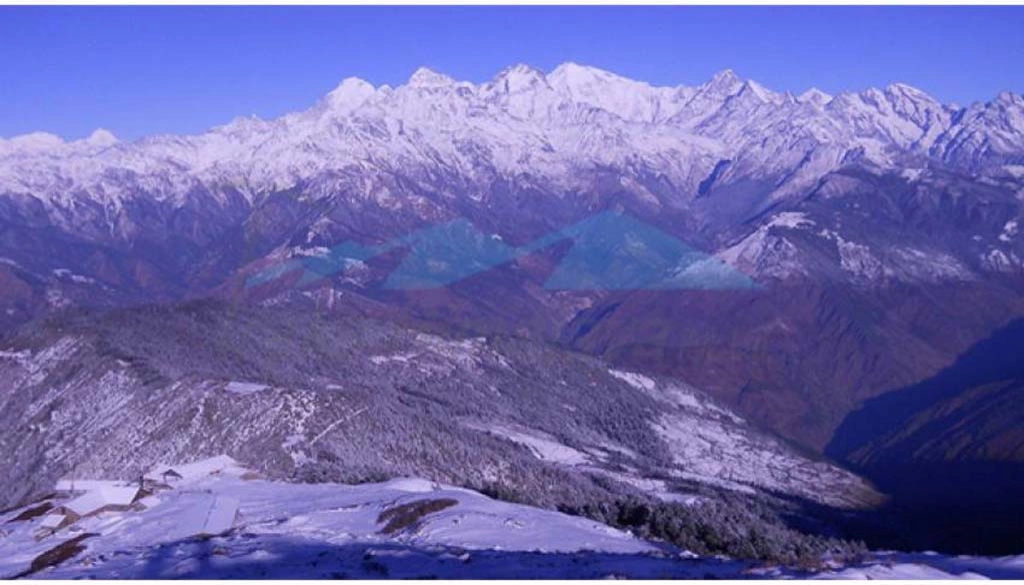
.webp)
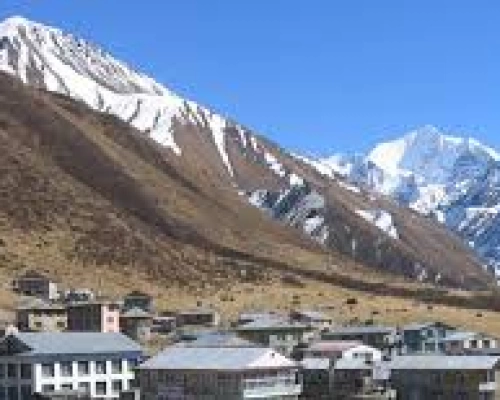
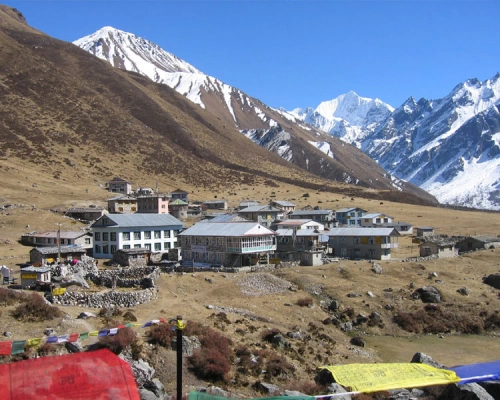
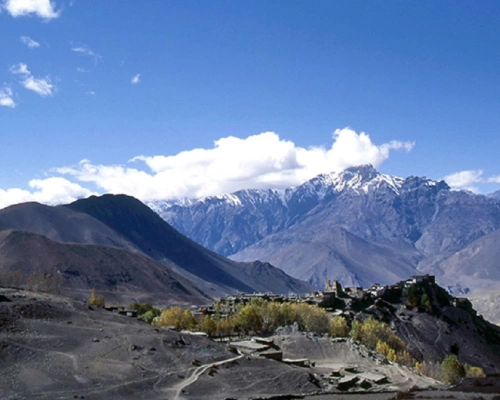
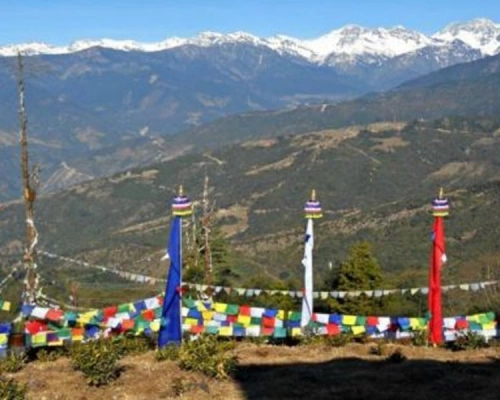
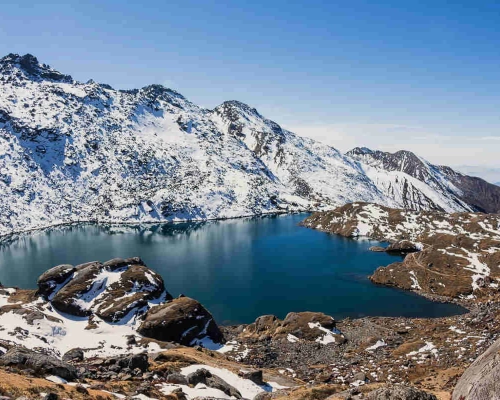
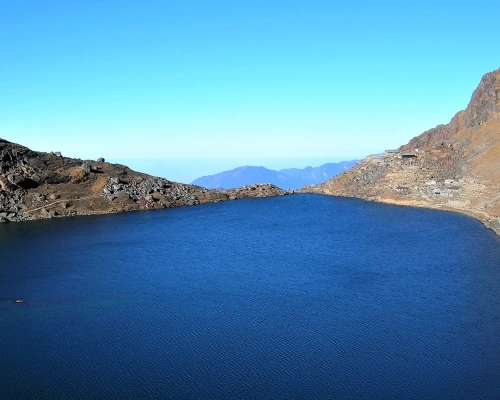
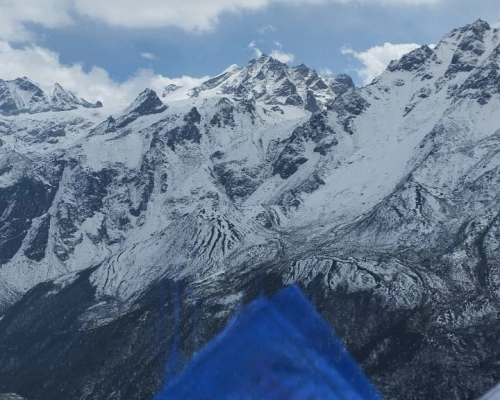
.webp)
